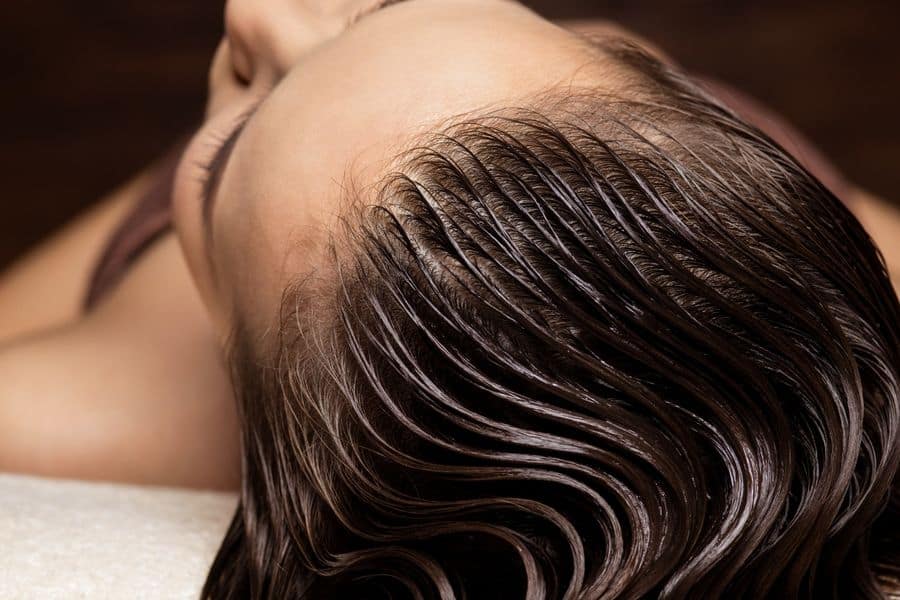Introduction
“Another brush stroke, another handful of strands, and another visible patch where hair should be.” This scenario probably sounds familiar to those dealing with female/ male pattern baldness or androgenetic alopecia (thinning hair). Balding can be brutal, especially concerning self-confidence and social interactions. According to one study, 29% of women with hair thinning problems experience depression symptoms. Men can experience an “enormous emotional burden” as a result of hair loss, according to another report. PRP Washington DC – A new, natural treatment can offer more patients a long-term solution to hair loss without requiring surgery or medication. PRP treatment uses blood platelets to heal the body, reverse hair loss, and create new hair.
We will discuss how you can benefit from PRP and the factors to consider before undergoing the procedure.
What is PRP?
Platelet-rich plasma (PRP) is a treatment made from human blood. PRP uses platelets in the patient’s blood plasma to promote the healing and growth of healthy tissue, such as hair follicles.
Anagen Hair Restoration offers this treatment in PRP Washington DC and PRP Maryland. It involves taking a small blood sample and spinning it to separate the platelets (specialized cells that help clot blood). The platelet-rich plasma injected into the scalp encourages new growth, stimulates hair follicles, and speeds up the regrowth of thinning hair.
How Does PRP Work?
PRP is a natural protein that occurs in the body. It has been used for years to treat non-healing wounds, varicose veins, and burns. In this case, it’s injected into your scalp to help stimulate hair growth.
It’s an outpatient procedure that takes a little more than an hour to complete, and you’ll be able to go home 48 hours later.
PRP is injectable and causes no damage to surrounding tissue like traditional hair transplants (invasive). It’s considered safer than other options like FUE surgery or strip procedures, where grafts must be removed from elsewhere on your head before they take hold there.
How is the Procedure Performed?
Platelet-rich plasma (PRP) treatment requires no incisions or stitches. A hair restoration specialist does this procedure under local anaesthesia in a clinic.
The doctor will place tiny needles into your scalp to extract blood from the area where you want new hair growth to occur. The blood is then injected into your head through these same needles to stimulate new growth on top of existing hair follicles (which help keep your scalp healthy).
The process generally takes 1-2 hours, depending on how thick or thin your hair is and how long the doctor’s assistant takes to work behind them.
Click here if you are looking for a non surgical hair replacement in Virginia.
Who Can Benefit From PRP?
Using PRP can be helpful if you have thinning hair (alopecia) or want to increase the thickness of your hair.
Additionally, it might make gray hairs appear less noticeable and thicker.
What to Expect During Treatment
- You will notice changes in your hair within the first three months after treatment.
- After PRP treatment, you will significantly improve the thickness and density of your existing hair follicles. You may see more natural growth happening at an accelerated rate than without PRP therapy. PRP treatment is that it does not cause damage to the hair follicles. You will not lose any existing hair during treatment.
- Your scalp will feel much smoother and less itchy after PRP treatment because fewer bacteria are present due to removing dead skin cells (which can cause inflammation).
After The Procedure
After the procedure, you may experience some swelling and redness. The area will be tender for 24 hours, but this is normal and should subside within a few days. You may also experience bruising after your treatment; this will fade away as time goes on.
Aftercare: Taking anti-inflammatory medication if needed is important to take care of yourself after a hair transplant procedure.
You should follow these simple self-care tips:
- Don’t sleep directly on top of your head.
- Avoid hot showers/tub baths for at least two weeks after surgery (to avoid scalding)
- Avoid direct sunlight for at least three weeks after surgery because UV light can cause damage over time if it gets too close to where skin folds meet scalp follicles.
Risks And Complications of PRP for Hair Growth
PRP is a safe procedure. The risk of complications from PRP for hair restoration is very low, and it’s not possible to get an infection from this treatment as long as you don’t have any pre-existing conditions that may make you more susceptible to infections (such as diabetes).
PRP is also a practical option for people, not candidates for hair transplant surgery, due to their age or medical history. Suppose you do have a condition that makes you ineligible for surgery. In that case, PRP may still be worth considering because it’s minimally invasive and offers similar results in most cases—and unlike surgeries like FUE (Follicular Unit Extraction), there are no incisions made during the process!
Is PRP therapy suitable for me?
Every person’s treatment should be different, and PRP may be the right option for you.
Our expert team at Anagen Hair Restoration clinic will assess all your hair loss concerns and help you determine the best way to resolve them.
Schedule your consultation with us or give us a call today at (301) 591-6552 for PRP – non-surgical hair replacement in Virginia, PRP Maryland, and PRP Washington DC.
Visit this link for more details on this effective hair replacement therapy.
Conclusion
Platelet-Rich Plasma (PRP) is a non-surgical treatment that stimulates healthy hair growth in people with alopecia areata and other forms of baldness. But before you try this treatment—which usually involves injections—make sure you talk to your doctor about whether it’s right for you.

